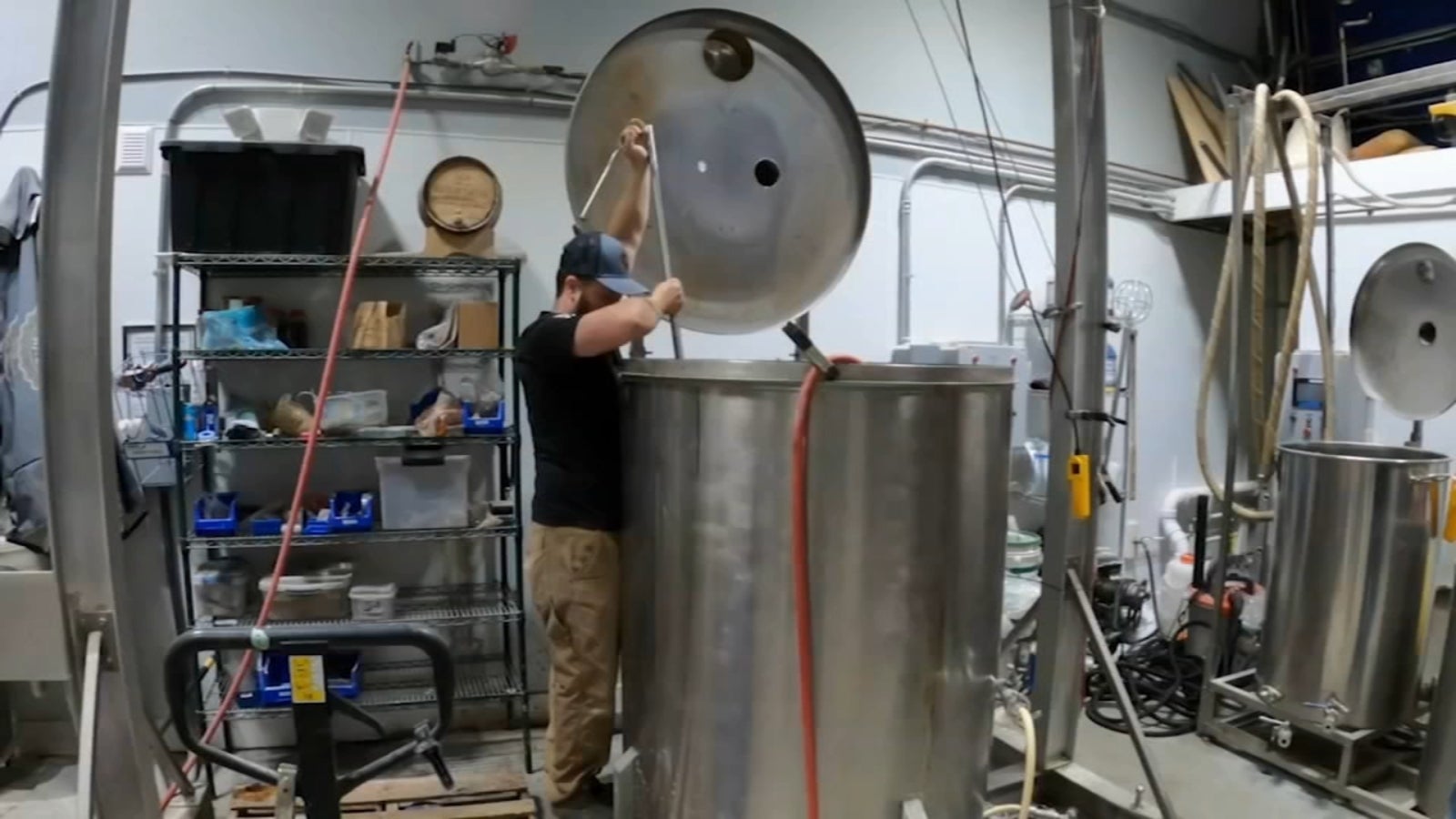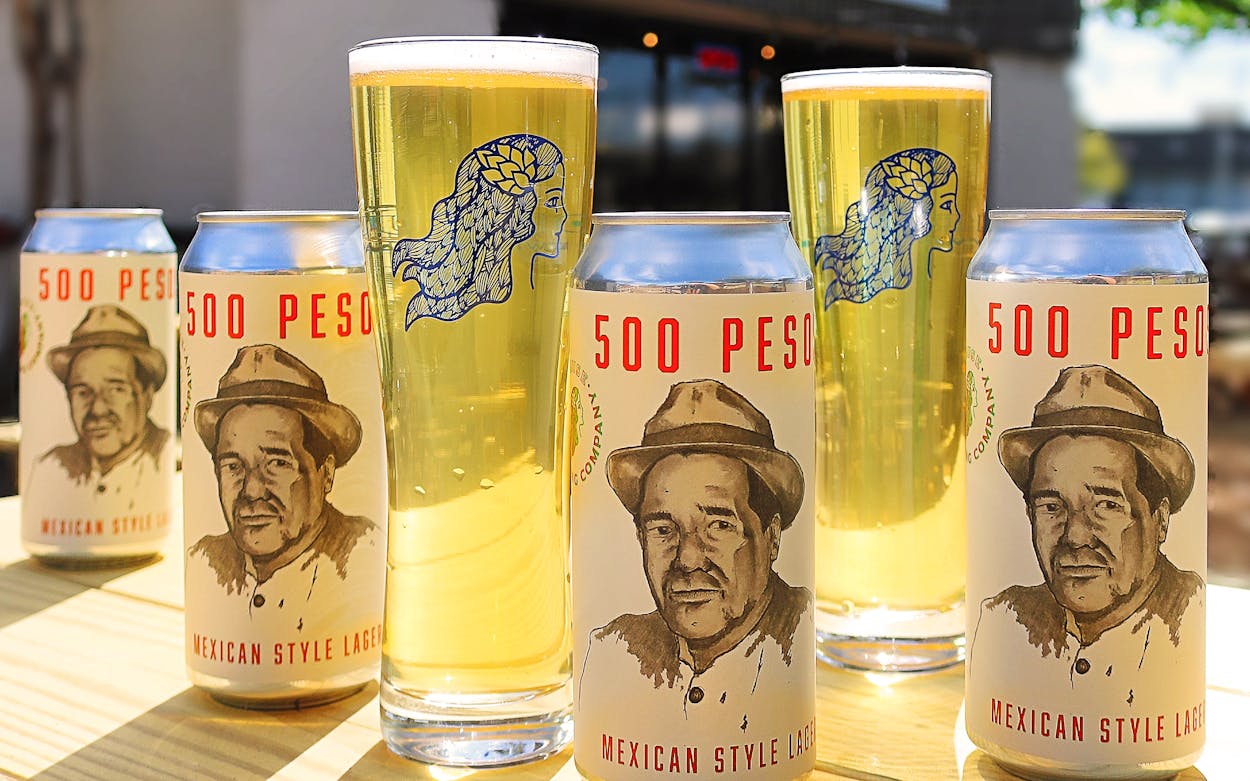Explore Premium Galveston Whiskey: Top Picks and Distilleries
Distillery Characteristics Revealed: a Journey Via the Science and Art of Spirits Manufacturing
As the curtains are withdrawed on the detailed world of distillery dynamics, a remarkable realm arises where scientific research and art assemble to create the spirits we enjoy. Behind the closed doors of distilleries exist secrets waiting to be unwinded, from the careful chemistry of distillation to the fragile dancing of yeast in fermentation. The marital relationship of tradition and technology in spirits production unveils a tapestry woven with threads of craftsmanship and technical advancements. Join us on a journey through the heart of distillation, where each decrease of spirit narrates of experience and enthusiasm, assuring a much deeper understanding of the alchemy that changes grains and fruits right into the liquid gold we raise in a salute.
The Chemistry of Distillation
The chemistry of purification, a fundamental process in the production of spirits, entails the separation of parts based upon their various boiling points. This procedure counts on the concept that each part in a fluid combination has an unique boiling point, enabling for their private removal. When heat is related to the combination, the part with the most affordable boiling factor will certainly evaporate first, rising through the still and eventually condensing back right into fluid form. This distilled liquid, recognized as the "heart cut," contains the wanted alcohol material and flavor compounds.
During distillation, 3 major fractions are gotten: the "heads," which consist of unpredictable substances and higher alcohols that can be hazardous if eaten in huge quantities; the "hearts," the treasured part with the preferred ethanol and flavor account; and the "tails," which include larger compounds and fusel alcohols. Proficient distillers must meticulously keep an eye on the temperature and circulation rates to divide these portions properly, ensuring a high-quality last product. The chemistry of distillation is a delicate interaction of warmth, vaporization, and condensation that changes an easy fluid mix right into a complicated and improved spirit.
Artisanal Workmanship in Spirits Making
Among the world of spirits manufacturing, artisanal craftsmanship plays a critical duty in elevating the high quality and personality of distilled drinks (Galveston Liquor). Artisanal craft distillers concentrate on small, hands-on production approaches, frequently utilizing typical methods that have actually been passed down with generations. These specialized artisans and women prioritize high quality over quantity, paying precise focus to every action of the purification procedure
Artisanal craftsmanship in spirits making involves a deep understanding of the raw materials utilized, such as botanicals, fruits, or grains, and how their attributes affect the end product. From picking the finest ingredients to meticulously keeping track of aging, purification, and fermentation, craftsmens infuse their spirits with enthusiasm and competence.
Moreover, artisanal craft distillers commonly accept experimentation and development, pushing the limits of typical spirits manufacturing. They may introduce special flavor profiles by including in your area sourced components or using creative aging strategies. This dedication to imagination and excellence cause spirits that are not just of phenomenal top quality yet likewise display the artistry and originality of the distiller.
Innovations in Aging Methods

One famous development obtaining traction is using smaller sized barrels for aging spirits. By raising the surface area-to-volume proportion, smaller barrels impart tastes more quickly, leading to an extra intense growth process. This strategy is especially preferred amongst craft distillers looking for to produce top quality spirits in a much shorter duration.
Moreover, distillers are increasingly turning to different timber kinds, such as cherry or acacia, to impart unique tastes to their aged spirits. These unusual woods supply a distinct taste account, setting their products apart in an affordable market.
Additionally, developments in technology have actually allowed distillers to discover increased aging techniques, such as ultrasound or temperature level and stress variations. These methods permit precise control over the aging process, causing innovative flavor profiles that push the borders of traditional click this site spirits production.

The Duty of Yeast in Fermentation
A vital component of the fermentation process in distilling is the duty played by yeast. Yeast, a single-celled bacterium, is crucial in converting sugars into alcohol and co2 during fermentation. In the context of distilling spirits, yeast plays a crucial function in the manufacturing of ethanol, which is the primary alcohol in the majority of alcohols.
Yeast achieves this with the process of anaerobic respiration, where it metabolizes sugars such as glucose and fructose right into ethanol and co2. Various stress of yeast can present distinct tastes and aromas to the final spirit, adding to the intricacy and character of the distilled item. Distillers meticulously choose yeast stress based on their wanted flavor profile and fermentation attributes.
The fermentation process can last anywhere from a few days to a few weeks, relying on variables such as yeast pressure, sugar, and temperature level material. Surveillance and managing the fermentation process are necessary to guarantee ideal yeast activity and alcohol manufacturing. On the whole, yeast is a fundamental player in the alchemical change of raw components right into the perky elixirs enjoyed by customers worldwide.
Lasting Practices in Distilleries
Distilleries are increasingly identifying the relevance of embracing green measures throughout the manufacturing process. Distilleries require significant amounts of water for numerous stages of manufacturing, and executing water recycling systems or using rain harvesting methods can substantially minimize water usage and decrease the distillery's general environmental footprint.
Furthermore, lasting energy resources are acquiring grip in the distilling world. Many distilleries are purchasing renewable resource technologies such as solar panels or biomass central heating boilers to decrease dependence on non-renewable energy resources and reduced greenhouse gas emissions. In addition, waste monitoring practices play a crucial function in sustainable distillery procedures. Distilleries are exploring ingenious means to repurpose spin-offs such as spent grains or distillation deposits, transforming waste into resources through techniques like pet feed production or composting. By accepting sustainable methods, distilleries can not only minimize their ecological effect yet likewise appeal to eco conscious consumers and add to an extra sustainable future for the market.
Verdict
From the chemistry of purification to the duty of yeast in fermentation, distilleries are constantly introducing and exploring to create high-quality spirits. The fusion of practice and advancement in spirits production highlights the complexity and creativity entailed in this ancient craft.
As the curtains are drawn back on the intricate globe of distillery dynamics, a fascinating realm arises where science and art merge to develop the spirits we appreciate.The chemistry of distillation, a fundamental procedure in the production of spirits, involves the splitting up of elements based on their various boiling factors.In addition, artisanal find craft distillers usually accept testing and Resources technology, pushing the boundaries of standard spirits production. In the context of distilling spirits, yeast plays an essential function in the production of ethanol, which is the main alcohol in most alcoholic drinks.
From the chemistry of purification to the duty of yeast in fermentation, distilleries are regularly innovating and exploring to create high-grade spirits.